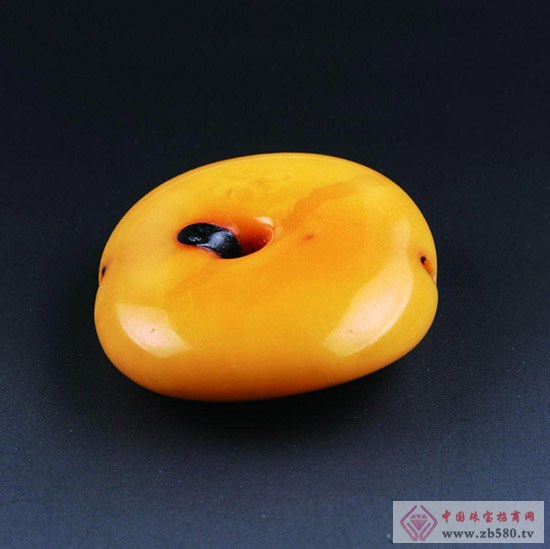Origin and variety of natural beeswax
Wax is one of the most fantastic jewels in nature. Its magical changes make it almost identical, and any piece of play in our hands is unique. It is beautiful and magical, warm and moist like jade, 璀璨胜金, sometimes fine and delicate, sometimes steady and elegant, can also be avant-garde, with a unique, eternal sense of life and mystery. The beeswax has different origins and regions. There are many kinds of beeswax amber products with different colors and colors on the market. So how do you identify such amber waxes from different origins? Today we will come to discuss with you the origin of the beeswax and the beeswax amber with the market color.

The origin of rare beeswax is generally found in the Middle East, such as Iran, Afghanistan, and Myanmar, Pakistan, and Africa. There are many colors, all of which are due to the difference in buried geological minerals. These rare beeswax were formed in the age of 40 to 50 million years, or even more than 100 million years. But their number is very rare and has a very high collection value.
There are many varieties of beeswax due to different origins. The rich and magical colors of the beeswax also make the beeswax look more diverse, more beautiful and attractive, and can cater to different people's different preferences and needs. More fun and fun.
The rich formation of beeswax, many of which are unknown now, may not be known in the future. Because when the earth is still in the wild, honey begins to form, and in the long years of the world, the influence of various factors of the universe on the waxy germplasm and color is extremely complicated and difficult to trace. I believe that with human intelligence and technology, Even in the long-term future, it is impossible to reveal all its subtleties. This is also the wax that will keep a certain degree of mystery for a long time to attract the sentient beings to retain their eternal interest and deep thinking.
The most common beeswax is the yellow beeswax produced in the Baltic and Northern Europe. Generally only yellow, and even some are semi-transparent. The beeswax there has a history of about four or five million years. Because of its relatively light age, such beeswax has not been completely petrified, and its texture is relatively soft. It is also relatively cheap in beeswax.
The beeswax containing more succinic acid has a lower yellow color than the beeswax containing less succinic acid; the beeswax, which is more acidic in the soil layer, is also darker in yellow.
If the original wax is buried in the “blue soil layer†for a long time (the layer is Oligocene, the sand is relatively loose, containing mica and calcareous), it will gradually become blue by the influence of lime and titanium oxide in the sand.
The so-called "blue soil layer" is not blue, but the components such as calcareous (carbonic acid) and titanium oxide contained in it can turn the original wax into blue.
Sulfur and sulfide invade the beeswax to make it green, even blue-violet, and the penetration of copper sulfate will turn it into green.
Iron ore, cinnabar or manganese is infiltrated to make it red, brown, brown and brown.
Those who have been exposed to geothermal heat for a long time are darker in color; those who are buried in the snow are mostly affected by geothermal heat, mostly earthy, brown, brown, red and beige.
In the formations with more humus soil, the beeswax is more infiltrated into brown, even black and dark green; hidden in coal seams and ash, it is black and gray.
Those who float in the water for a long time (such as Haipo, Huber) will have a lighter tone; the adjacent volcano will also change color and be more fluorescent.
Different colors coexist in the same piece of beeswax, and the resulting discoloration and color change make the color of the beeswax more difficult. Not only that, even the monochromatic wax, the color layer has a shade. If you use different light sources, the color of the beeswax will have a different picture. For example, when irradiated with tungsten light (light bulb, light from a flashlight), some blue crystals and green crystals turn purple.
As an organic treasure, beeswax is very different from inorganic treasures in chemical composition and atomic structure, but in terms of jewellery characteristics, there are quite a few similarities. From the gloss point of view, most of the beeswax is waxy (rosin) luster, but also has a very bright glass luster (glass face beeswax), metallic luster (golden beeswax) and light-colored mercury luster (pure black) Beeswax). The luster of jewellery is related to the way of reflection of light, and it is also related to the degree of surface polish. The situation of beeswax is also the same, such as black wax and aquamarine blue. Only after polishing, the mercury surface gloss appears, otherwise it will be dull.
Spun Rayon Normal Printed,Spun Rayon Screen Printed With Foil,Spun Rayon Reactive Printed,Rayon Prints With Fresh Design
Shaoxing Shangda Textile Co., Ltd , https://www.shangdatex.com